Climate-impact studies have traditionally focused on effects occurring within specific regions or at the global scale. However, growing evidence shows that climate impacts also spread through channels such as trade and supply chains, financial systems, but also conflict and human mobility, influencing regions far from the original disturbance.
In their 2025 Nature Climate Change study "Critical intervention points for European adaptation to cascading climate change impacts", Auer et al. worked with a broad range of stakeholders and applied network-modelling techniques to co-produce a set of potential impact pathways. This process resulted in an archetypal network illustrating how climate impacts originating outside the EU can cascade into the region. The researchers then populated this network with empirical data to rank intervention points within these pathways across 108 non-EU countries. Their results reveal key nodes such as water, livelihoods, agriculture and violent conflict consistently emerge as critical intervention points for adaptation to cascading impacts. Disruptions in water and agricultural systems are strongly linked to livelihood instability, particularly in low-income countries where these impacts frequently cascade into human mobility and conflict. In high-income countries, agricultural export reductions emerge as significant transmission channels for cross-border risk.
The paper also provides country-specific risk profiles by pinpointing critical intervention points—such as water security, livelihoods, or violent conflict—to support policy coherence, address interconnected vulnerabilities, and guide targeted adaptation efforts. Overall, the study underscores the need for coherent policies that address interconnected vulnerabilities rather than isolated risks, and that support more strategic adaptation planning.





